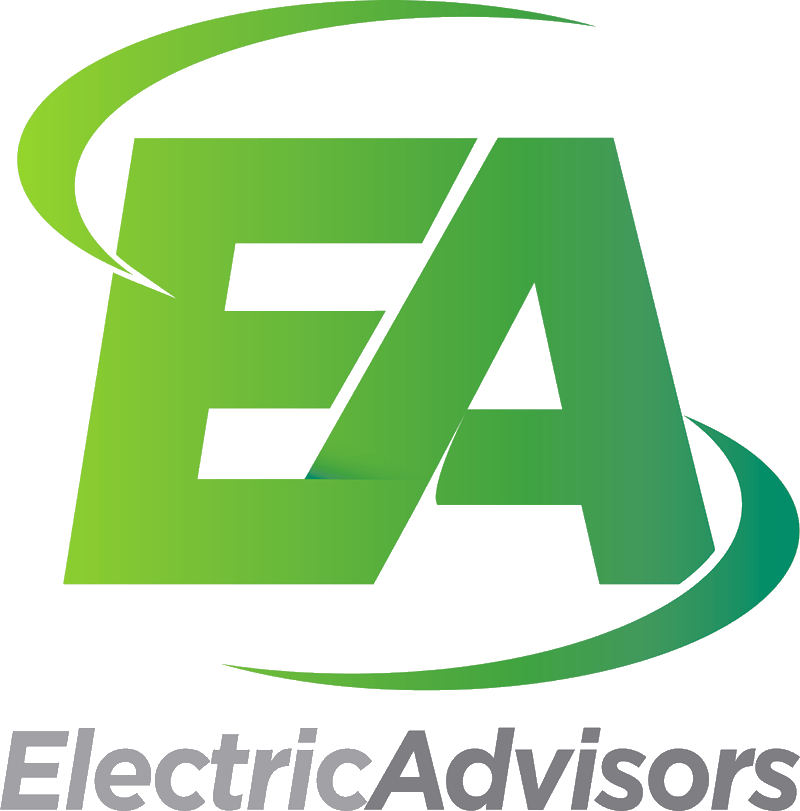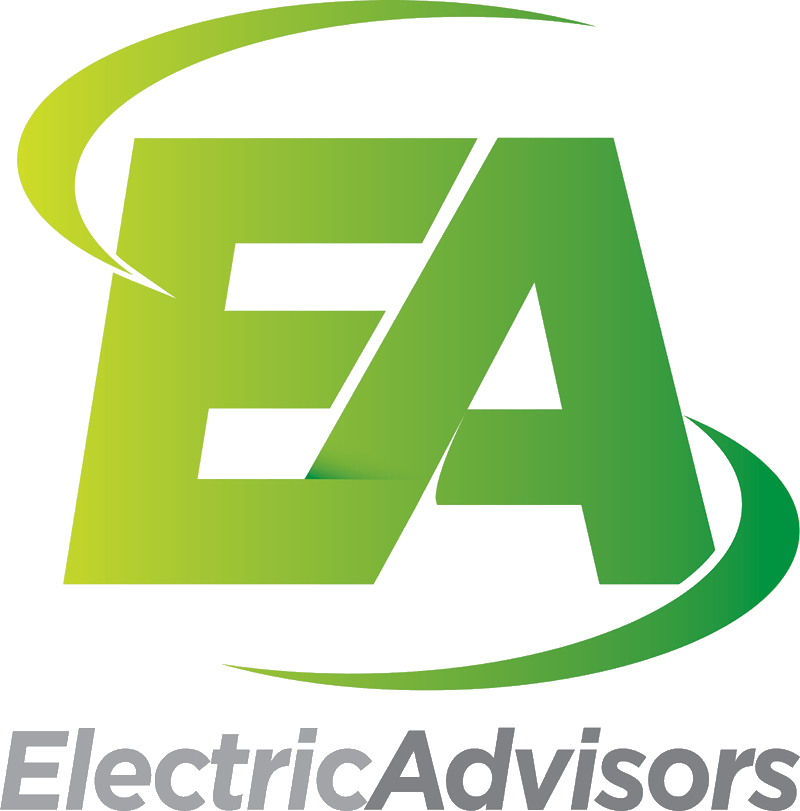Increasing Demand Keeps Upward Pressure on Energy Prices
Week in Review for March 1-7, 2013
For the second week in a row, energy prices inched upward. The average 12-month price for natural gas on the New York Mercantile Exchange (NYMEX) rose 1.8% and the 12-month average price for peak power on the PJM rose by 1.2 %.The variable receiving most of the blame for the recent price increases was storage. For the second consecutive week, the U.S. Energy Information Administration (EIA) reported a larger-than-expected gas withdrawal from storage. This seemed to spook the market. These larger-than-expected withdrawals have added fuel to the theory that energy demand was growing and natural gas production was leveling off.
A recent EIA report showed that natural gas demand was up 8.9% from last year at this time, while another report showed that production was flat during the same 12 months. On the demand side, this winter was a little colder than last year and thus accounted for some of the demand increases. However, analysts noted that other demand components are now entering the equation. More power plants, chemical plants and various industrial users are looking to switch to low priced, clean natural gas.
Although this potential tightening of supply and demand has applied some upward pressure to energy prices over the last two weeks, we are hopeful that the shale gas phenomenon will keep the bulls in check for the next few years.




